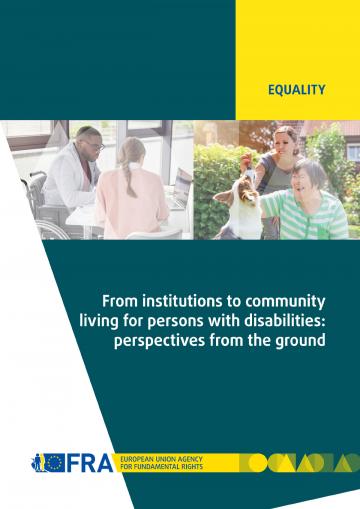It also outlines input from the families of individuals going through the transition to community-based living, members of local communities, and the various people responsible for designing the process and implementing it on a daily basis. In so doing, it can serve as an important resource for policymakers looking to take this important work forward – with the ultimate goal of ensuring that people with disabilities can live independently in the community on an equal basis with others.
Report contents:
Key findings and FRA opinions
- Context of deinstitutionalisation
- Common understanding of what deinstitutionalisation and independent living mean
- Essential features of the deinstitutionalisation process
- Commitment to deinstitutionalisation
- A change in attitudes towards people with disabilities
- Active cooperation between the people involved in the deinstitutionalisation process
- Availability of guidance to support the deinstitutionalisation process
- Practical organisation of the deinstitutionalisation process
- Cross-cutting issues
- Measures to achieve successful deinstitutionalisation
This video shows what a transformation deinstitutionalisation can have on the lives of people with disabilities:


